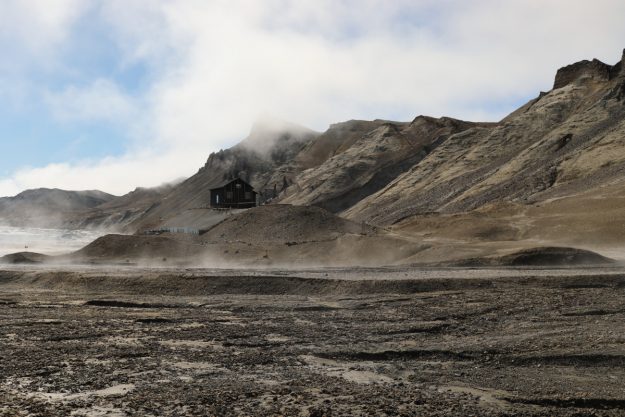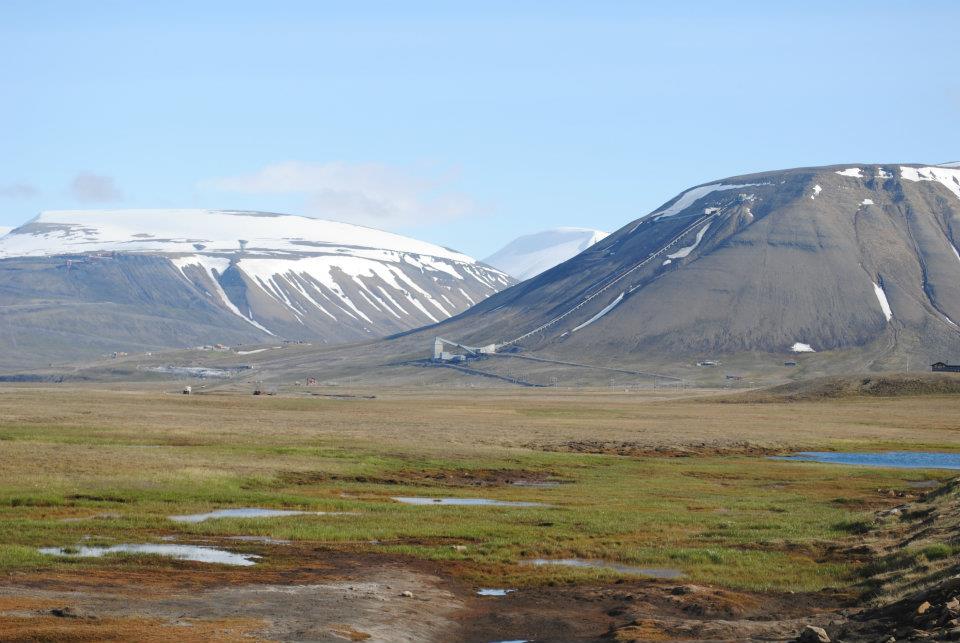
Abstract
The guidelines on heritage management adopted by the 2018 Antarctic Treaty Consultative Meeting provide the most recent iteration for an Antarctic tourism sector which had, prior to the COVID-19 pandemic, been projected to increase further with various risks and potential impacts requiring careful management. In this paper the role of cultural heritage for tourism prior to the COVID-19 pandemic is examined through three empirical perspectives. First, how the Antarctic cultural heritage is represented through the designation of Historic Sites and Monuments and Site Guidelines for Visitors; then how this is presented through tourism operators’ websites; and, finally, how it is experienced by visitors as narrated in open-source social media information. Each dataset suggests that, while cultural heritage is an important component of an increasingly commodified tourist offering, it is only part of an assemblage of elements which combine to create a subliminal and largely intangible Antarctic experience. In particular, a polarization of the heritage experience between cultural and natural does not appear productive. The paper proposes a more nuanced understanding of heritage tourism in Antarctica which accommodates the notion of a hybrid experience that integrates cultural heritage, the history and stories this heritage represents, and the natural environmental setting.
Link to the full article: Tourism and heritage in Antarctica: exploring cultural, natural and subliminal experiences by Bob Frame ,Daniela Liggett, Kati Lindström, Ricardo M. Roura & Lize-Marié van der Watt.


No comments yet. Be the first to comment!